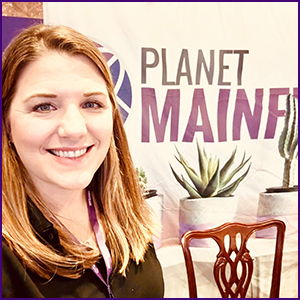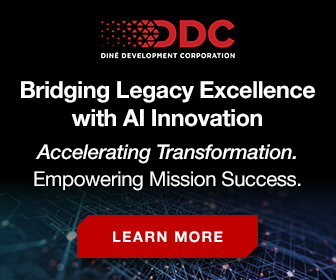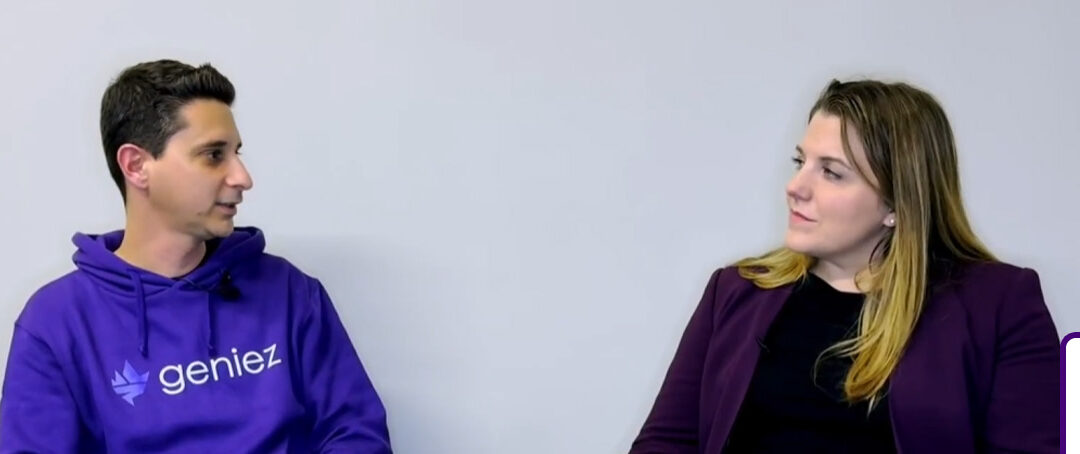
In today’s enterprise IT landscape, legacy systems remain both a pillar of reliability and a challenge for innovation. According to the 2025 Mainframe User Survey, expected to be released to the public this week, 67% of respondents reported that the majority of their organization’s applications still run on mainframe systems. This underscores it’s continued role in critical business operations. However, talent shortages and concerns about modernization continue to hinder many organizations’ ability to fully optimize these environments. While most of these companies depend on mainframe applications for at least half of their revenue, the pressure to accelerate development cycles, integrate modern workflows, and enhance agility is higher than ever.
Legal & General, a leading UK financial services group, was determined to modernize its mainframe without compromising the reliability that 5.5 million pension policyholders depend on. As was shared in a recent webinar, their approach was simple: prioritize people over technology. Instead of just upgrading infrastructure, they focused on making life easier for their developers, testers, and operations teams.
Legal & General started by listening. Their developers, testers, and operations teams knew the real challenges better than anyone. They heard the same frustrations over and over:
- Long setup times for testing environments
- Limited access to mainframe resources
- Outdated tools that slowed productivity
Rather than imposing top-down changes, they designed solutions based on what their teams needed. The result was a transformation that made developers’ jobs easier, not harder.
One of their most significant breakthroughs was the adoption of on-demand mainframe environments. Traditionally, teams had to wait days or weeks for mainframe resources, creating constant bottlenecks. With a pop-up mainframe, they could spin up and tear down environments on demand. No waiting, no dependencies—just instant access when they needed it.
This shift didn’t just improve efficiency. It changed the culture. Developers and testers gained more control over their work, removing unnecessary roadblocks and frustrations.
Legal & General also made sure their teams had modern tools that actually helped them get work done.
- Seamless IDE integration so developers could work in familiar environments without struggling with outdated mainframe interfaces
- Real-time debugging for better visibility into code execution and less time troubleshooting
- CI/CD pipelines to automate testing and deployments, speeding up releases and reducing errors
The result was that developers spent more time coding and less time dealing with infrastructure issues.
Speed and efficiency were critical, but Legal & General also wanted their transformation to be sustainable for both their teams and the environment.
- Green IT initiatives allowed mainframe environments to be paused when not in use, reducing energy consumption and lowering their carbon footprint
- Reducing burnout by eliminating frustrating delays, giving teams more control over their workloads
- Flexible workflows so developers could work smarter instead of just longer
Security and compliance are non-negotiable in financial services, but Legal & General knew that security shouldn’t come at the cost of efficiency.
Utilizing Delphix, they implemented a virtualized, compliant data platform that:
- Masked sensitive data automatically to meet regulatory requirements
- Enabled quick data refreshes for testing, so teams always had up-to-date, secure data
- Automated security processes to remove manual bottlenecks
This meant teams could work efficiently without jumping through endless compliance hoops.
Technology changes don’t stick unless people buy in. Legal & General assured their teams weren’t just adapting to change—they were driving it.
- Gradual adoption so employees had time to adjust rather than being forced into new workflows overnight
- Encouraging experimentation by making mainframe environments accessible so teams could try new things without fear of breaking critical systems
- Strengthening collaboration through partnerships with Kyndryl, Delphix, and PopUp Mainframe, ensuring best practices were implemented effectively
Legal & General’s people-first approach transformed their mainframe operations into an agile, scalable, and sustainable environment. The benefits were clear:
- Faster development cycles, reducing time-to-market for key updates
- More engaged and productive teams because their work wasn’t blocked by infrastructure
- Sustainability gains that cut costs and energy use
- Stronger security and compliance without frustrating roadblocks
By putting people first, Legal & General didn’t just modernize their mainframe. They built a culture of collaboration, innovation, and sustainability. Their story proves that when transformation is designed for people, it actually works.
The recent webinar, Reimagining Mainframe Delivery with a People-First Approach, is available here.









Has the recent webinar link moved?
https://www.perforce.com/webinars/pdx/reimagining-mainframe-delivery